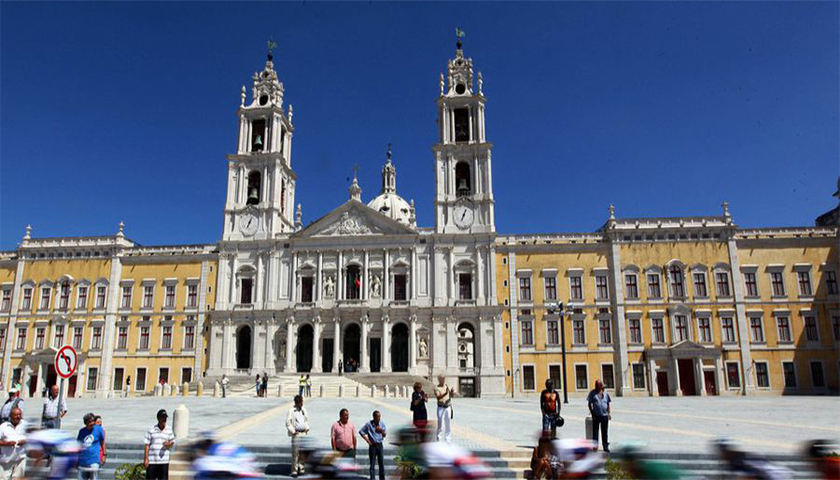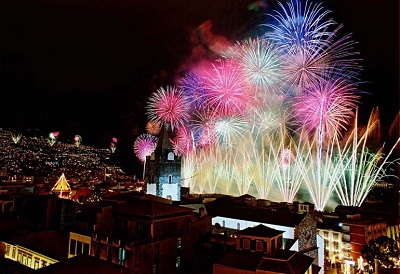The Actual Building facade of Mafra will become, nos dias 01 e 02 de setembro, always at 22 horas, on a large projection screen of a ' show ' videomapping indicating the 300 years of the monument.
The "first stone" of the Basilica, launched the 17 November 1717, will fit the role of Narrator in the audiovisual show that in a timeline, crosses the main facts associated with the monument, with remarkable moments in the history of Portugal, the Board of Mafra, coorganizadora of the celebrations of the tercentenary of the Royal Building.
The façade of the monument built in the 18th century by King João V will historical figures and fictional characters (some of them based on the work "Baltasar and blimunda", the writer José Saramago), to tell the stories relating to the work of a King who is, também, the work of the people who gave him body and soul.
The show is integrated in the commemorations of the tercentenary of the launching of the first stone of the Basilica that monument, marked with a program that is being developed since November 2016 and that extends to 17 November this year.
In September, There will still be room for a visit to the Tapada de Mafra and the six organ concert, in the Basilica (no dia 03), radical activities in the Yard (de 22 a 24) and a night of open door in school of arms, que inclui, no dia 29, a visit to the underground.
In the same month, the program is completed with two more meetings of the cycle of conferences in the National Palace of Mafra. The first takes place in the days 14 e 15, under the theme "science is in Mafra". The second will be in days 27 a 29, focusing on "the order of D. John V ".
Built in limestone rock of the region, the Palace covers an area of close to four acres, understanding 1.200 divisions, mais de 4.700 doors and Windows, 156 staircases and 29 patios and lounges.
Integrates a Royal Palace, a Basilica, a convent, a monastic hospital, a garden and a covered and contains one of the most notable 18TH century libraries; the most important collection of Baroque Sculpture in Portugal and the two carillons the world's largest, consisting of 98 bells in tune musically with each other; and the only known six organs of joint tubes designed for simultaneous use.
It was classified as a national monument in 1910.




